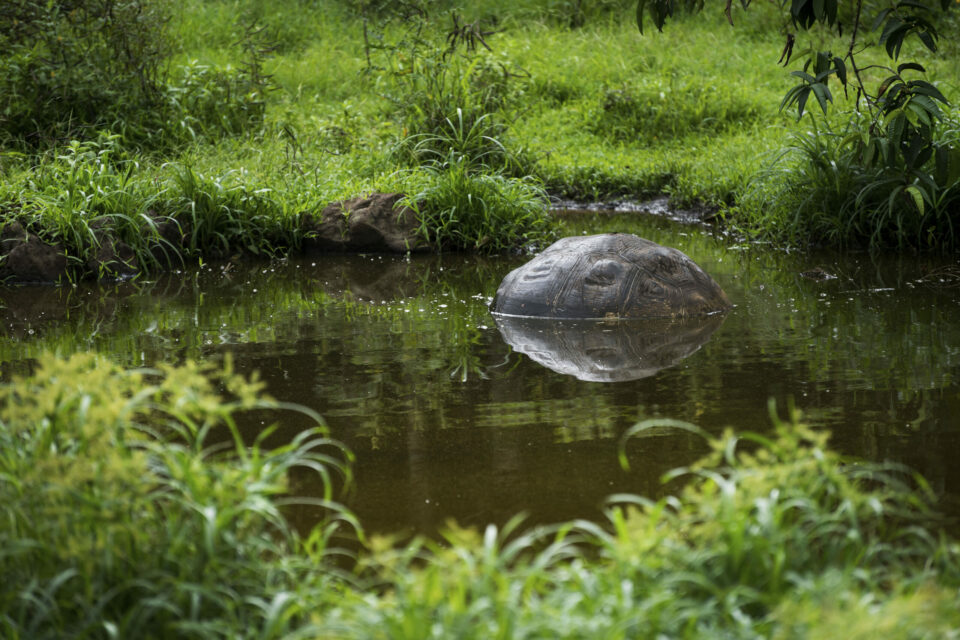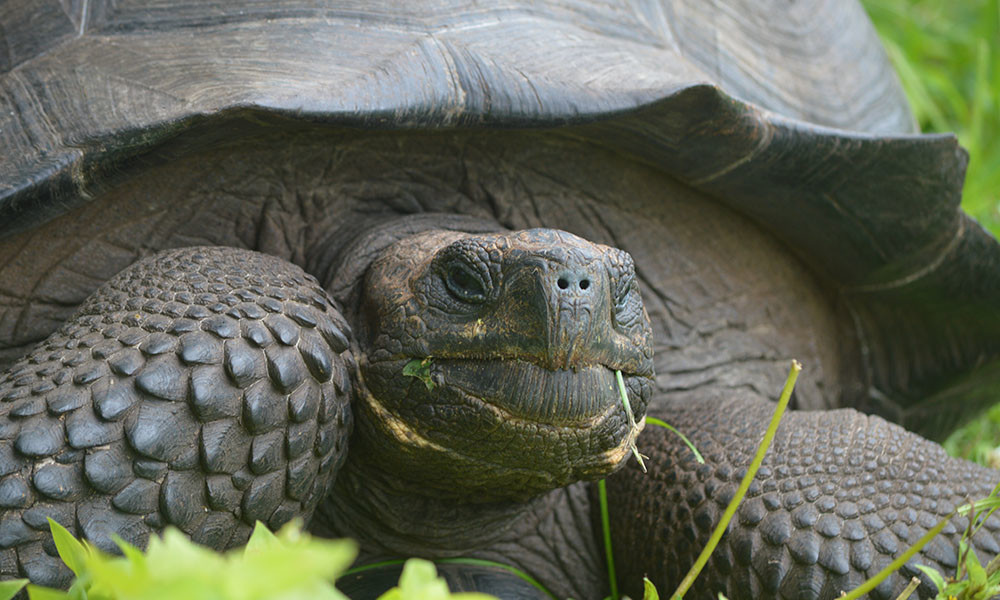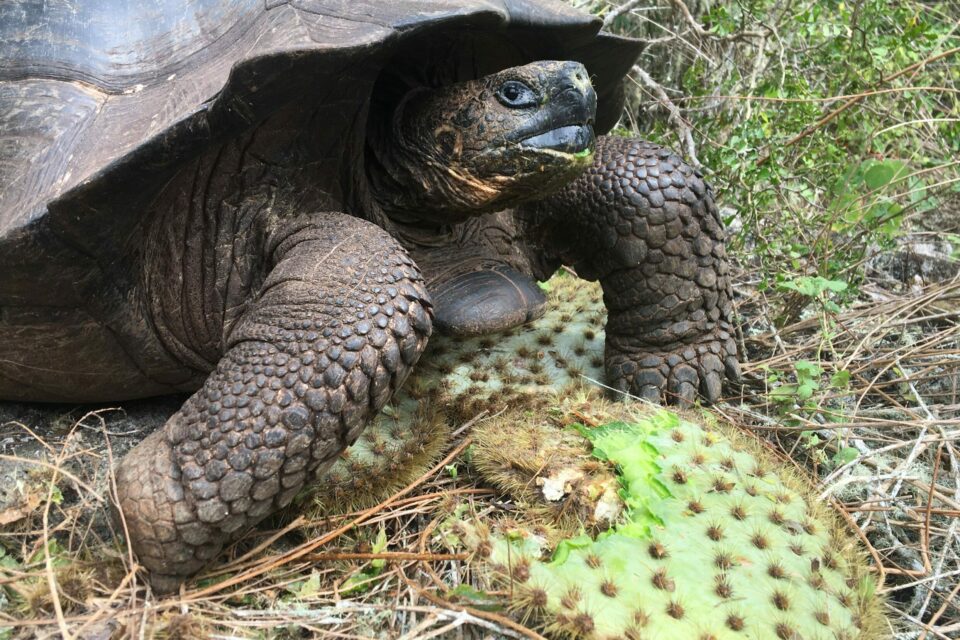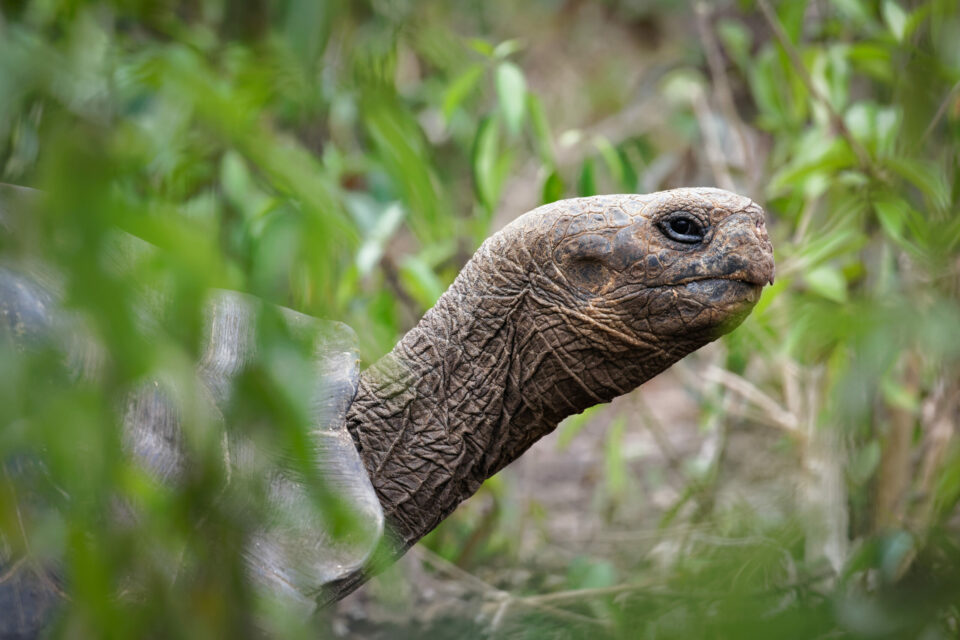

New Species of Giant Tortoise to be Bred in Captivity
A new captive breeding program has been initiated in Galapagos for a recently discovered species of Galapagos giant tortoise...
A new captive breeding program has been initiated in Galapagos for the recently discovered species of Galapagos giant tortoise, Chelonoidis donfaustoi.
Chelonoidis donfaustoi was formally described as a new species in October 2015, after genetic testing confirmed it was a different species from Chelonoidis porteri. The Galapagos National Park (GNP) have initiated this new captive breeding program to ensure the conservation of this species which is only found on the eastern side of Santa Cruz.

Chelonoidis donfaustoi © Washington Tapia
Since this is a newly described species, there is little information known on the population status, but studies carried out by the GNP and the Ministry of Environment, indicate that there are few individuals and in a very limited range. Walter Bustos, Director of the GNP, said the environmental authority decided to increase conservation efforts because of the threat of introduced species such as feral pigs and fire ants.
The program began with scientists and rangers locating nests of this species. Then, 97 eggs, and 2 newly hatched tortoises were collected during a monitoring trip in the last week of January, and were transferred to the Fausto Llerena Breeding Centre on Santa Cruz island. Here they will be monitored until approximately 5 years of age. They will then be returned to their place of origin as, by this age, they will no longer be vulnerable to the impact of the pigs and fire ants.
Fredy Villalva, head of the breeding centre, said that rangers monitor nests in the area of each species, and when the eggs are collected, they are only moved when they are in the final phase of the incubation process, so that they will only be in the incubator for a month. Villalva also said that the 2 hatchlings will spend 15 days in the dark box when they first arrive at the centre to replicate the nesting process in the wild.
Translated from a press release with permission from the Galapagos National Park.
Related articles


The return of the Floreana giant tortoise

Galapagos giant tortoises: An update from the field

